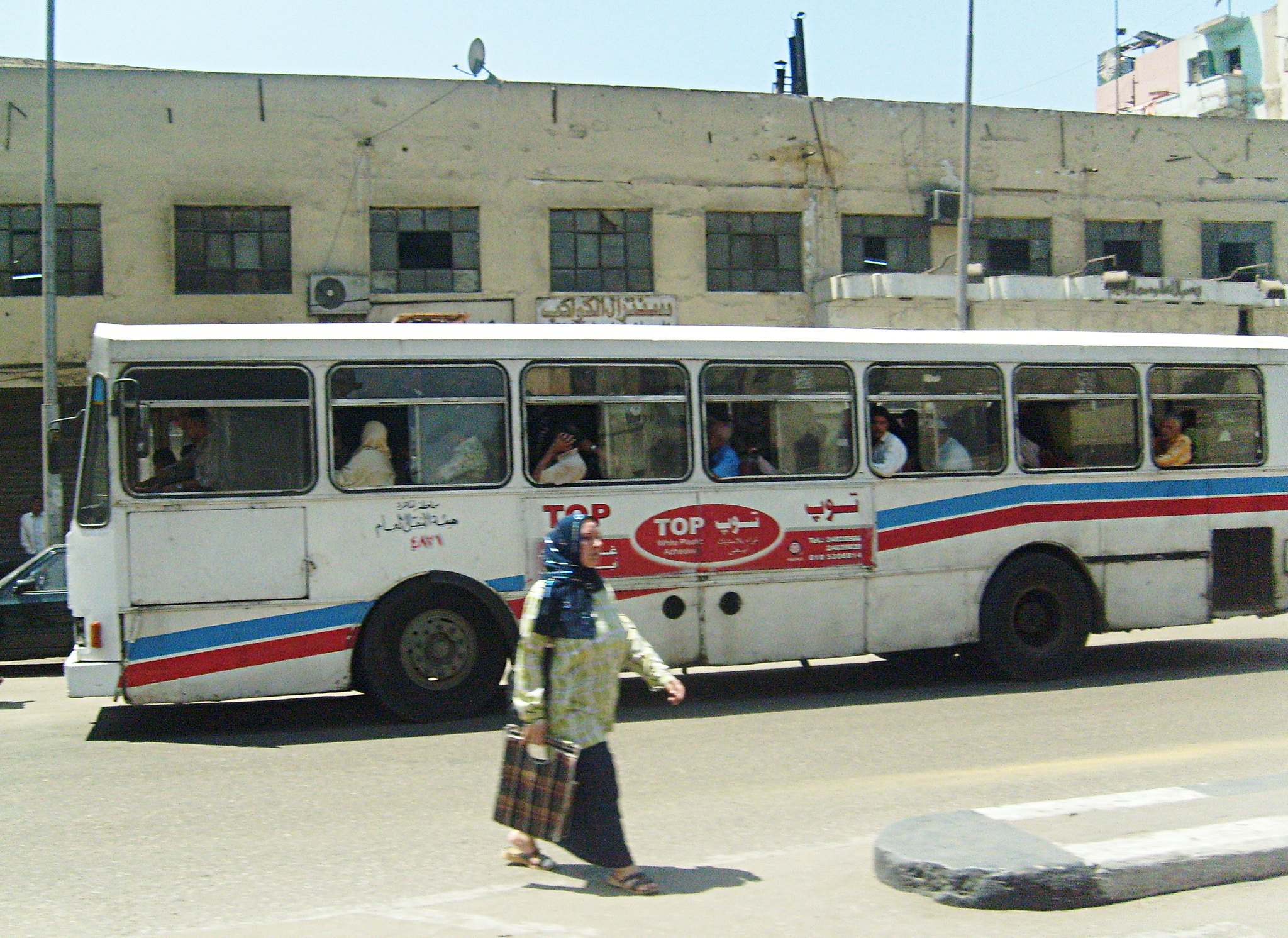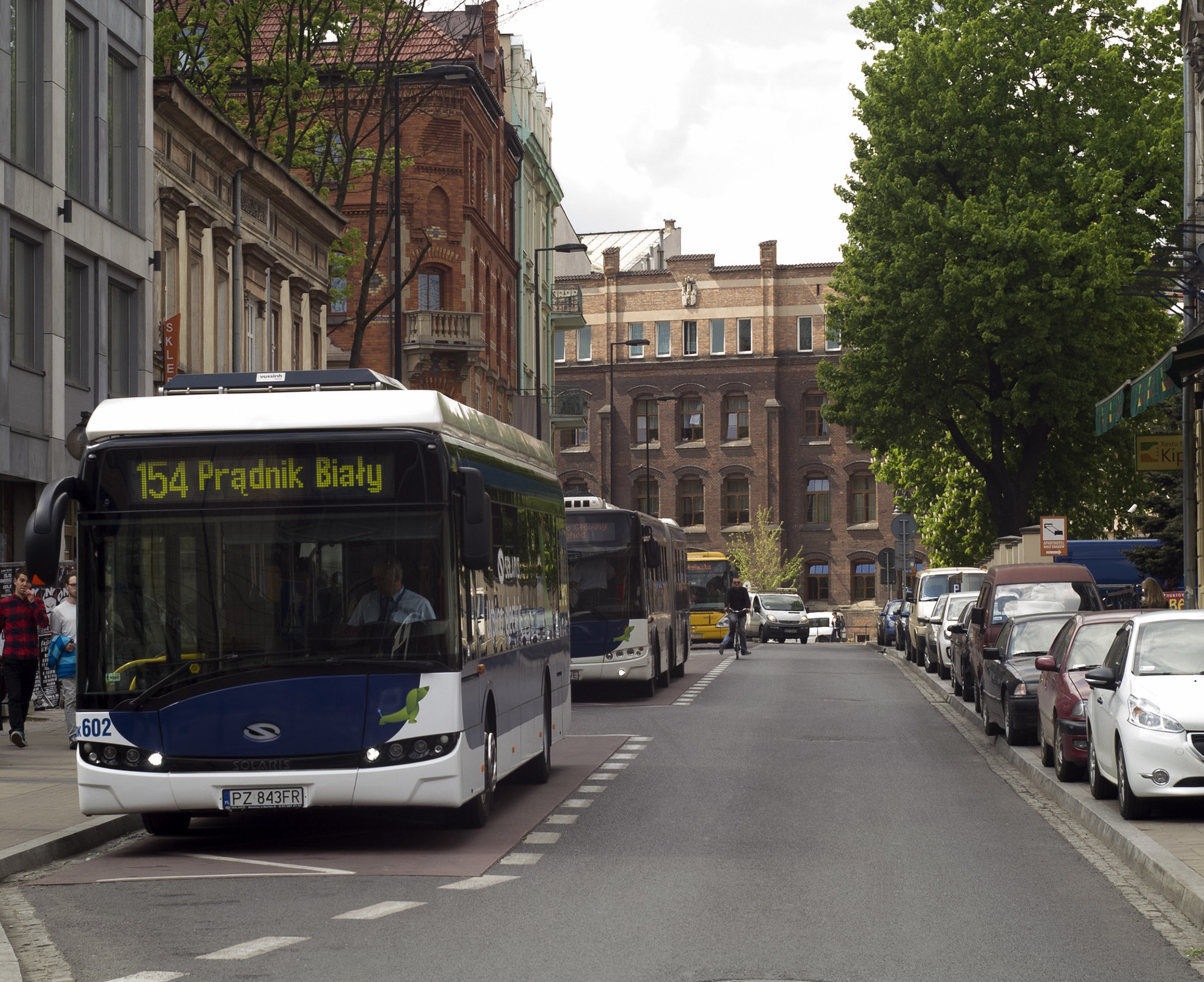Friday, December 25, 2020
Linking sustainability and happiness. What kind of happiness?
Monday, December 7, 2020
Children’s Independent Mobility to School in Seven European Countries: A Multinomial Logit Model
By Houshmand Masoumi, Martin van Rooijen, and Grzegorz Sierpiński
The determinants of children’s independent school mobility and the contextual discrepancies between these determinants have not been comprehensively investigated in previous studies. It is important to examine these determinants because independent school mobility is associated with children’s physical activity, according to the literature. This paper examined the associations of different groups of variables such as household, mobility, perceptions, and the built environment with independent school mobility of children between 9 and 12 years using a sample of 1304 girls (50.9%) and boys (49.1%) in seven European countries. The sample was analyzed by Multinomial Logistic Regression, Chi-square test of independence, and Proportional Reduction in Error methods. According to the findings, father’s and mother’s commute mode choice, child’s mode choice of commute to school, child’s bike ownership, parent’s perception of safety, parent’s evaluation of bike lane and sidewalk quality, child’s commute distance, number of driving licenses in the household, accessibility of public transport, and population density in the neighborhood and around the school proved to be very strong and significant determinants of children’s independent school mobility in the Europe-wide sample. The comparison of the levels of independent school mobility did not show any significant differences between high-income countries such as Germany, Italy, and the Netherlands, and emerging economies and developing countries like Poland, Greece, Turkey, and Croatia. However, a direct comparison between Poland (emerging economy) (33.6%) and the Netherlands (high-income) (31.7%) revealed significant differences in the level of independent school mobility. This study found the motives for this discrepancy due to the significant difference in bike ownership, the number of household members working outside the house, household size, commute distances of parents, and driving license possession.
More about sustainable transportation
Urban Sprawl, Socioeconomic Features, and Travel Patterns in Middle East Countries: A Case Study in Iran
Thursday, December 3, 2020
Polycentricity in a developing world: A micro-regional analysis for morphological polycentricity in Turkey
Monday, November 23, 2020
Urban Sprawl, Socioeconomic Features, and Travel Patterns in Middle East Countries: A Case Study in Iran
By Melika Mehriar, Houshmand Masoumi, and Inmaculada Mohino
The present study aimed to investigate different socioeconomic factors as well as the perceptions and travel behaviors associated with urban sprawl in two cities of different sizes in Iran, as a developing country in the Middle East. Four Weighted Least Squares (WLS) regression models were developed for Hamedan and Nowshahr, as examples of large and small cities in Iran, respectively. The findings showed different correlations related to urban sprawl between Iranian cities and high-income countries in terms of socioeconomic and travel behavior determinants. Urban sprawl around home in Hamedan was positively correlated with the number of cars and driving licenses in households, the use of a private car for trips, and less use of public transport. Urban sprawl around homes in Nowshahr was related to an increased number of cars, the use of private cars for non-commuting trips, less sense of belonging to the neighborhood, and lower income. Additionally, urban sprawl around workplaces was correlated with main daily activity, number of non-commuting trips, mode of choice for non-commuting, and residential location choice in Hamedan a swell as monthly income, daily shopping area, frequency of public transport use, quality of recreational facilities, length of time for living in the current home, and commuting distance in Nowshahr.
More about urban planning and transportation in the Middle East:
The Relationship between Regular Use of Ridesourcing and Frequency of Public Transport Use in the MENA Region (Tehran and Cairo)
Sunday, October 4, 2020
The Relationship between Regular Use of Ridesourcing and Frequency of Public Transport Use in the MENA Region (Tehran and Cairo)
By Hamid Mostofi, Houshmand Masoumi, andHans-Liudger Dienel
Despite the growing share of ridesourcing services in cities, there is limited research about their impacts on other transport mode choices in the large cities of the Middle East and North Africa (MENA). There is a debate about whether ridesourcing affects the frequent use of sustainable modes like public transport. This study uses the results of a large-scale series of face-to-face interviews in Tehran and Cairo to study the relationship between the regular use of ridesourcing and the frequency of public transport use. Descriptive statistics and logit regression are used to analyze this association. The findings indicate contradictory correlations between the regular use of ridesourcing and the frequent use of public transport in Tehran and Cairo. The regular use of ridesourcing has a positive correlation with the probability of frequent public transport use in Cairo. In contrast, this correlation is negative in Tehran, which means that the regular ridesourcing users are less likely than the non-regular users to use frequently public transport. The reasons for these different correlations are studied in terms of socioeconomic variables, accessibility, and the citizens’ perception of public transport in both cities.

Thursday, July 30, 2020
Correlations of Urban Sprawl with Transport Patterns and Socioeconomics of University Students in Cracow, Poland
Urban sprawl is considered as a western urban development pattern, which is common in different cities around the world. Although a large number of studies have focused on urban sprawl, modeling urban sprawl has been less emphasized, especially in various geographical contexts. The present study aimed to investigate urban sprawl and its determinants in a post-socialist country and model urban sprawl based on disaggregated data. In addition, the correlations of urban sprawl with travel patterns were examined, along with the socioeconomic characteristics of university students in Krakow, Poland by applying the Weighted Least Square (WLS) regression model. The WLS regression model was fitted based on the data from 1288 online questionnaires targeting university students. Also, urban sprawl around the home and the university for each student who indicated the nearest intersection to their home and university were separately estimated by employing Shannon entropy. Based on the findings, urban sprawl around homes was correlated with 14 transport patterns and socioeconomic features such as gender, age, driving license, financial dependency status, gross monthly income, number of commute trips, mode of transportation for commuting, number of trips for shopping or entertainment, daily shopping area, mode choice for shopping and entertainment trips inside and outside the neighborhoods, frequency of public transport use, attractiveness of shops inside the neighborhoods, and the length of time living in current home. Furthermore, urban sprawl around the university was significantly correlated with age, car ownership, number of commute trips, and sense of belonging to neighborhoods, entertainment place, and residential location choice. Finally, a positive correlation was reported between urban sprawl with higher income, elderly student, financial dependent students, and car dependency trips, while urban sprawl was negatively related to the use of public transit.





